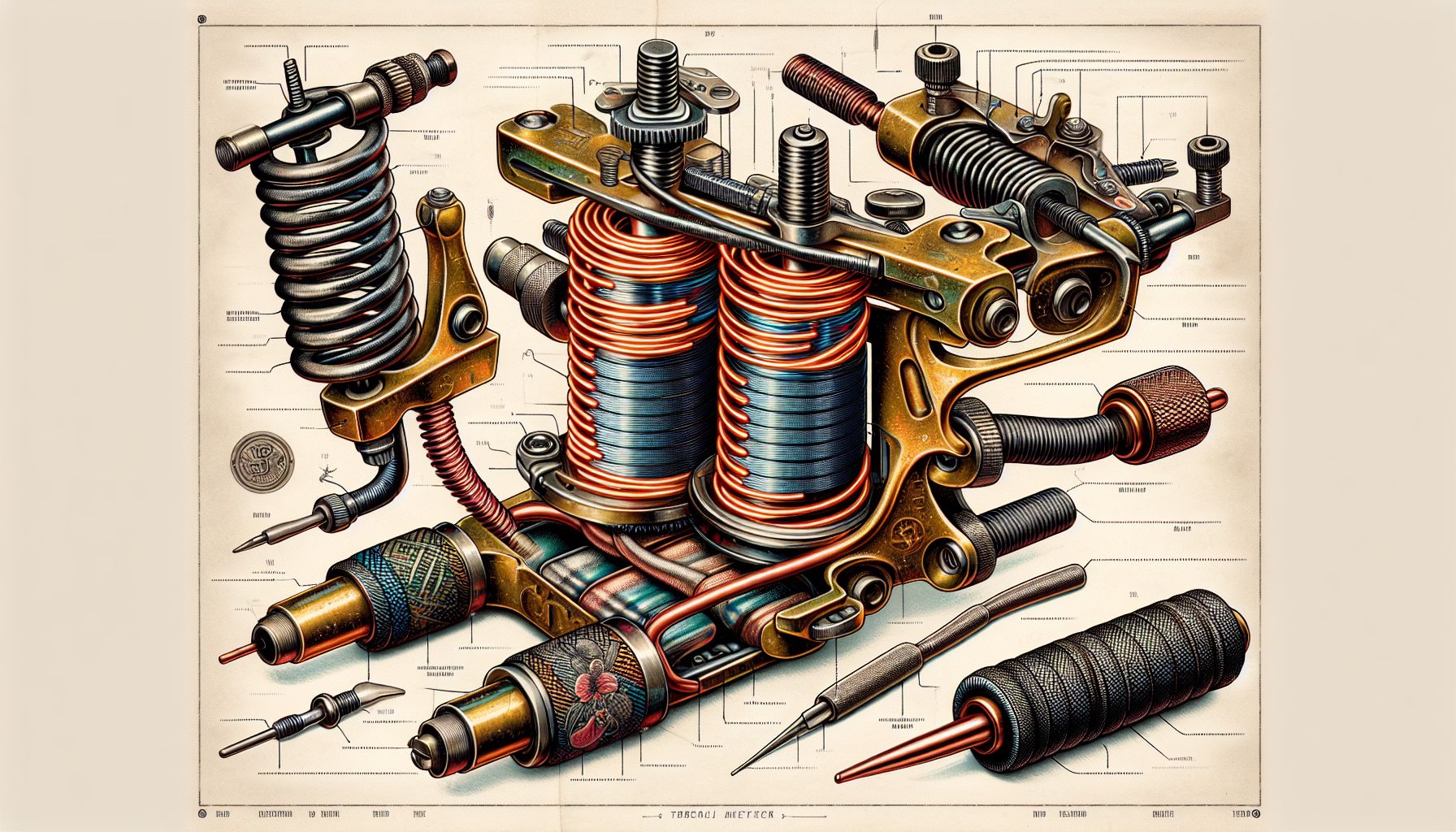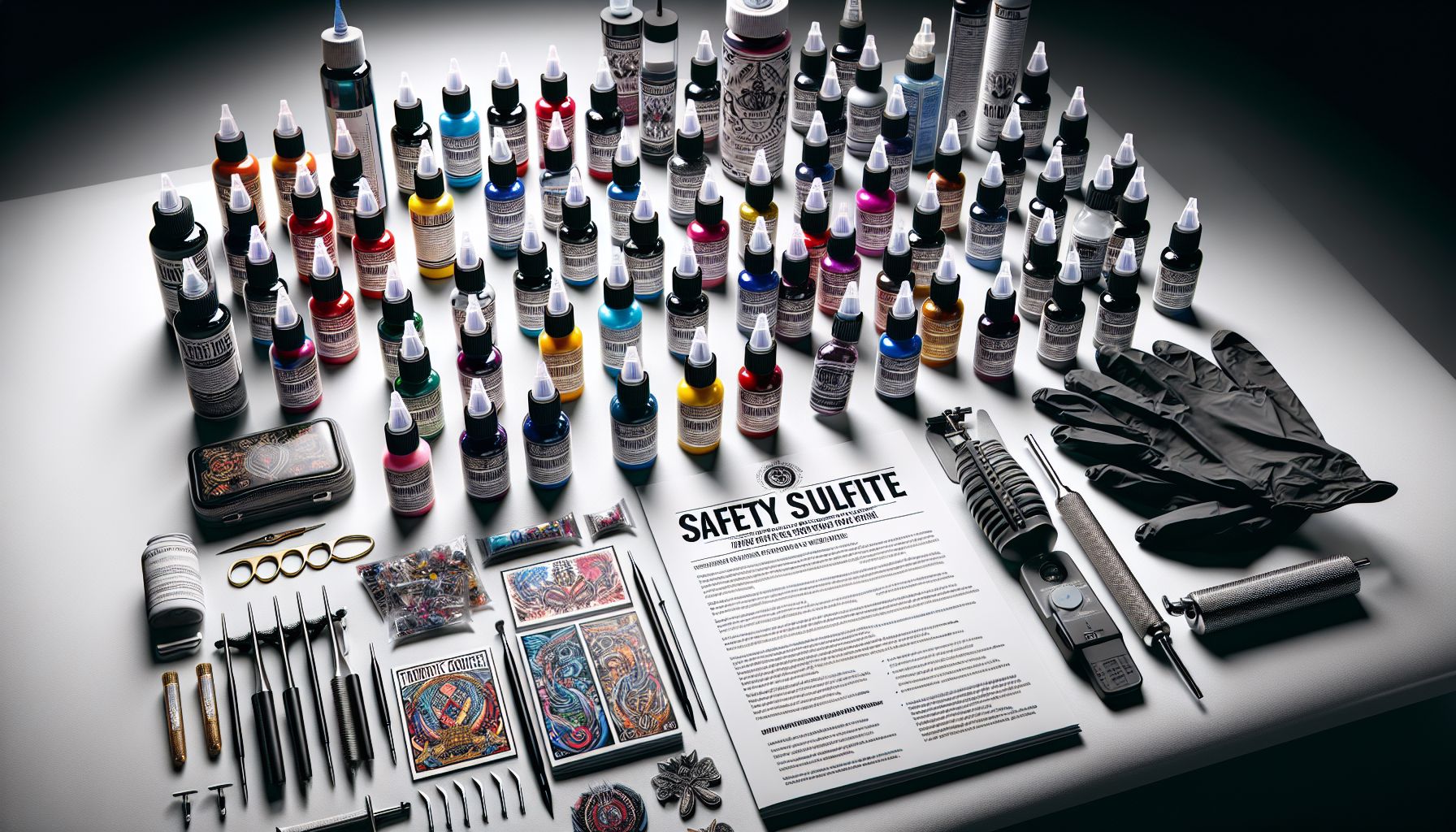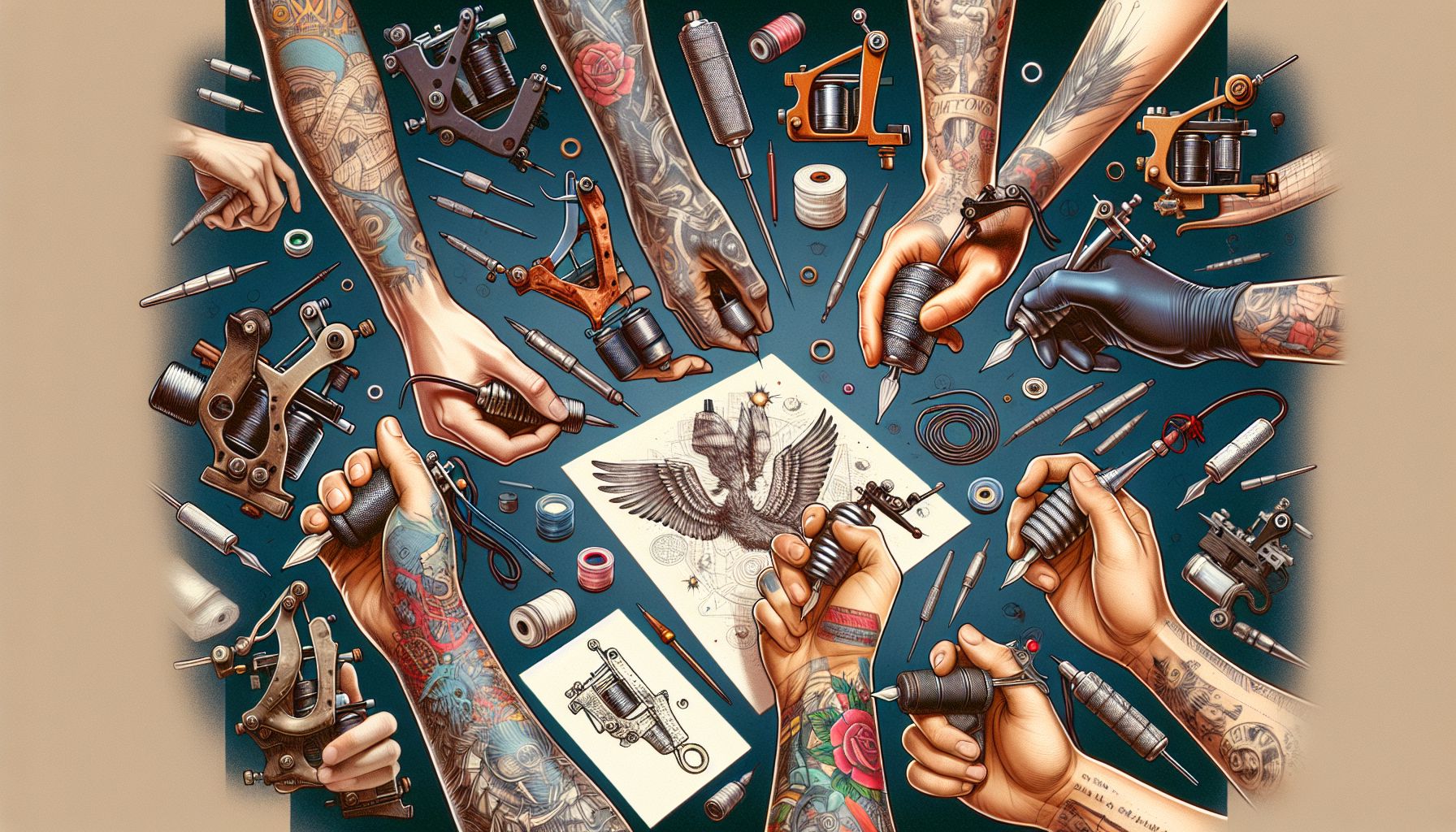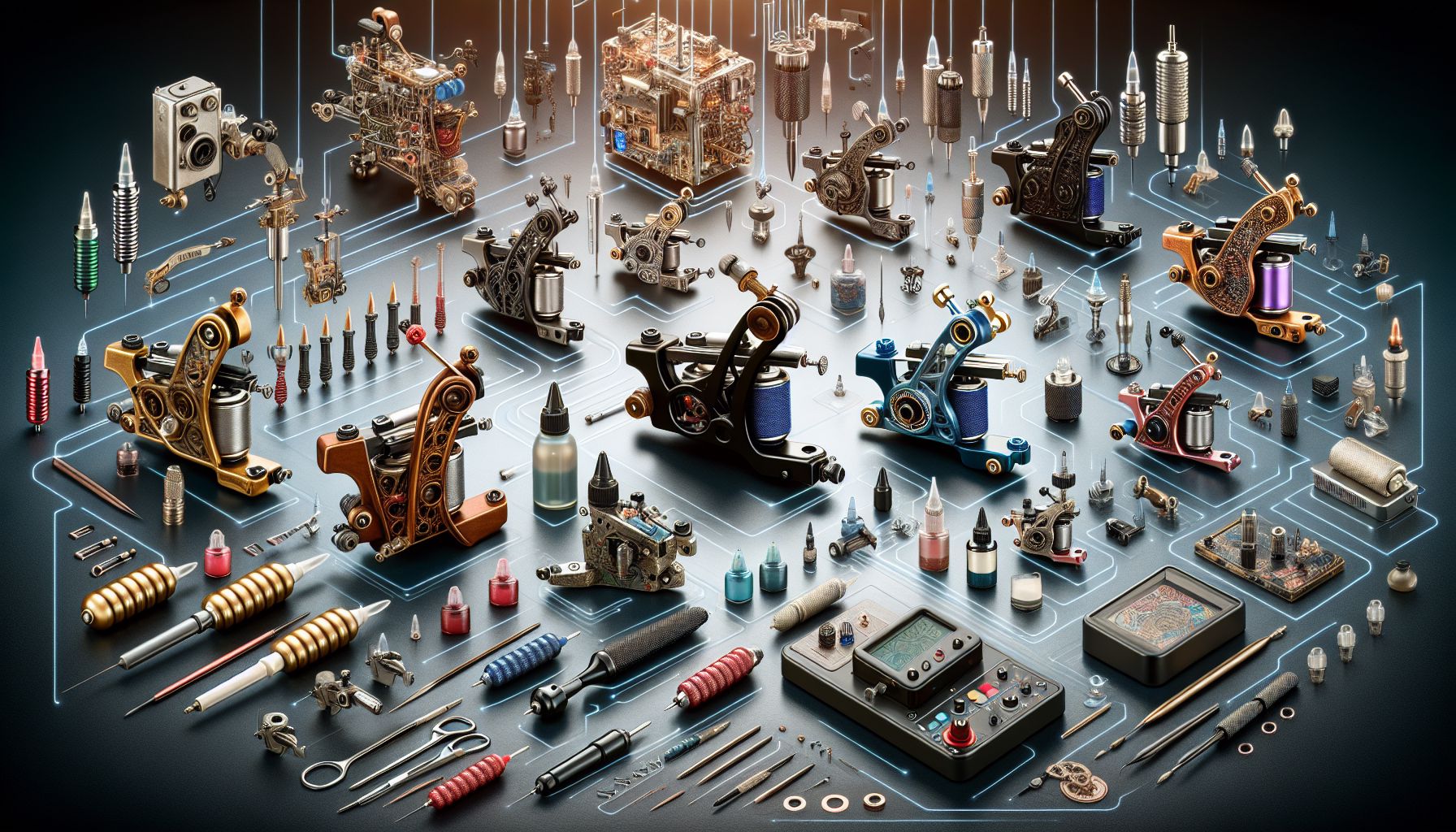In the diverse world of tattooing, the tools we use are as varied and intricate as the art we create. One of the most pivotal pieces in any tattoo artist’s arsenal is the tattoo machine, and at the core of traditional machines are the coils. Often overlooked by the dazzle of cutting-edge rotary machines, coil machines remain the heartbeat of traditional tattooing, delivering a unique feel and experience that many artists and clients still swear by. I’m here to unravel the complexities of tattoo machine coils, sharing insights gathered from my extensive journey through the inking world to help fellow artists understand these workhorses better.
Inside the Coil Tattoo Machine
Coils are not just the engine but also the soul of a coil tattoo machine. Usually, these machines operate with either single, dual, or sometimes triple coil setups. The standard in the industry is the dual coil, which offers a good balance between power and control. Each coil consists of a core made of ferrous metal wrapped meticulously with insulated copper wire, with the number of wraps dictating the machine’s power and efficiency.
Coils Over the Years
Throughout my years in the industry, I’ve witnessed coil machines evolve from cumbersome, intimidating beasts to sleek, finely-tuned instruments. Back in the day, machines were often hand-assembled, which gave them a significant level of character and variability. Now, with more precise manufacturing techniques, machines have become more consistent in performance. Despite the shift towards rotary machines for their quiet operation and low vibration, many artists, myself included, continue to appreciate the tactile feedback of coils – that hum and resistance when the needle meets skin is irreplaceable.
Choosing the Right Coils
The choice of the right coil machine is akin to a painter selecting the perfect brush. It’s about feel, response, and the desired outcome. The number of wrap layers on a coil affects its resistance and inductance, determining how fast the machine runs and how hard it hits. Liner machines typically have fewer wraps for faster motion, while shaders have more wraps for a stronger hit and slower pace, allowing for better ink saturation.
My advice – experiment. I’ve had machines that, on paper, should have been great for lining but ended up being my go-to shader after a few runs. Each machine has its personality, and the only way to truly know it is to work with it.
Anecdotes from the Chair
One of my most memorable experiences was with an old-school coil machine that I’d picked up from a seasoned artist when I was just starting. It seemed to have a life of its own. This machine, although rugged and slightly heavier than what we see today, taught me finesse and control. It hummed like a classic car and had a reliable heft to it that I grew to love. I’ve since upgraded to newer models, but that old iron still has a special place in my studio.
The Science Behind the Buzz
Understanding the electro-magnetics behind how a coil machine operates is crucial. When you press the foot pedal, electricity flows through the coils, generating an electromagnetic field that attracts the armature bar. This pulls the needles down into the skin. When the field collapses, the bar springs back up, and the cycle repeats, giving us the characteristic buzz of a coil machine.
Maintenance of these machines is also pivotal – from tuning the contact screws to adjusting the spring tension – and it can drastically change machine performance. Through years of tweaking my machines, I’ve found that minor adjustments can often make a significant difference. It’s an art in itself.
Ink Flow and Coil Machines
The coil machine’s impact on ink flow and saturation is notable. The controlled ‘hit’ of a well-tuned coil machine allows for consistent ink deposit into the skin. This relies heavily on proper machine setup and technique but is essential for bold lines and solid color fill. I’ve found that the viscosity of the ink and its interaction with the machine’s frequency also plays a significant role in achieving optimal results.
Concluding Thoughts on Coils
As we explore and innovate within the tattoo industry, it’s vital to honor the tools that paved the way. Coil tattoo machines, with their unmistakable buzz and craftsmanship, continue to be stalwarts in our tattoo supplies. They embody tradition while allowing for versatility and an organic connection between artist and craft.
My years of experience have taught me always to respect the tools of our trade, and coil machines have earned that respect over and over. So, whether you’re a budding artist or a seasoned shop owner, consider giving coil machines their due regard. They may not be the latest in technology, but like many things in life, they have a classic charm that, when understood, can elevate your art to new heights.
As an online seller and a practitioner, I not only distribute tattoo supplies but also share this knowledge, hoping it helps others on their journey through the rich tapestry of the tattooing world. Remember, the right tools in the right hands can produce not just tattoos but legacies on the canvas of skin.



